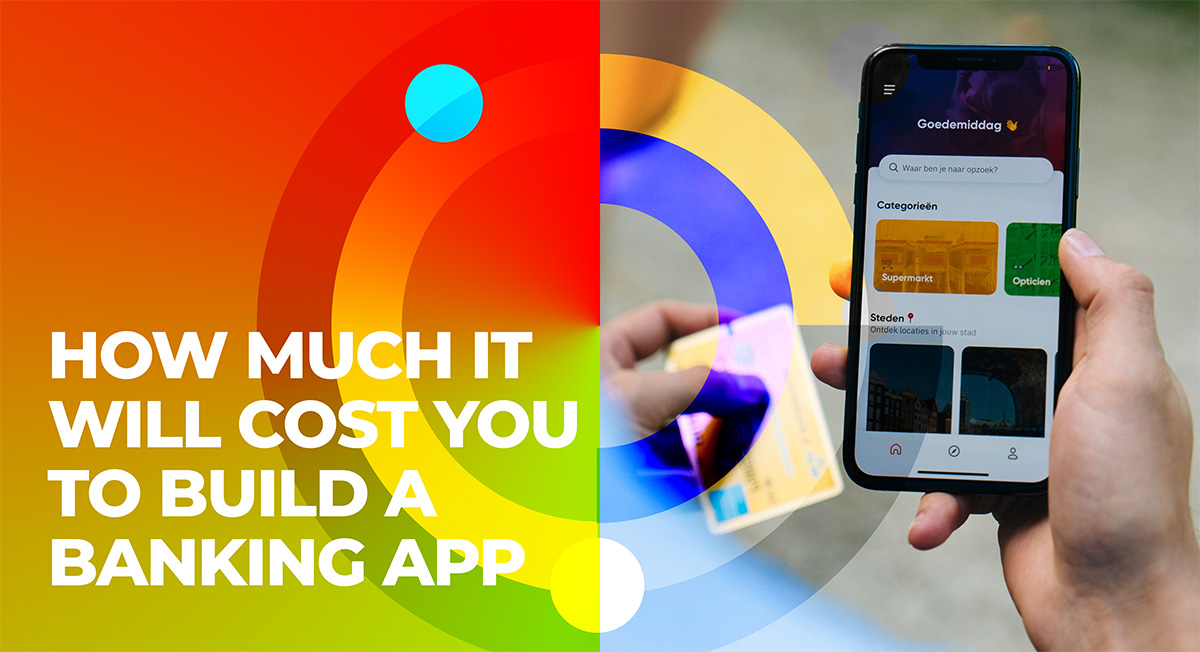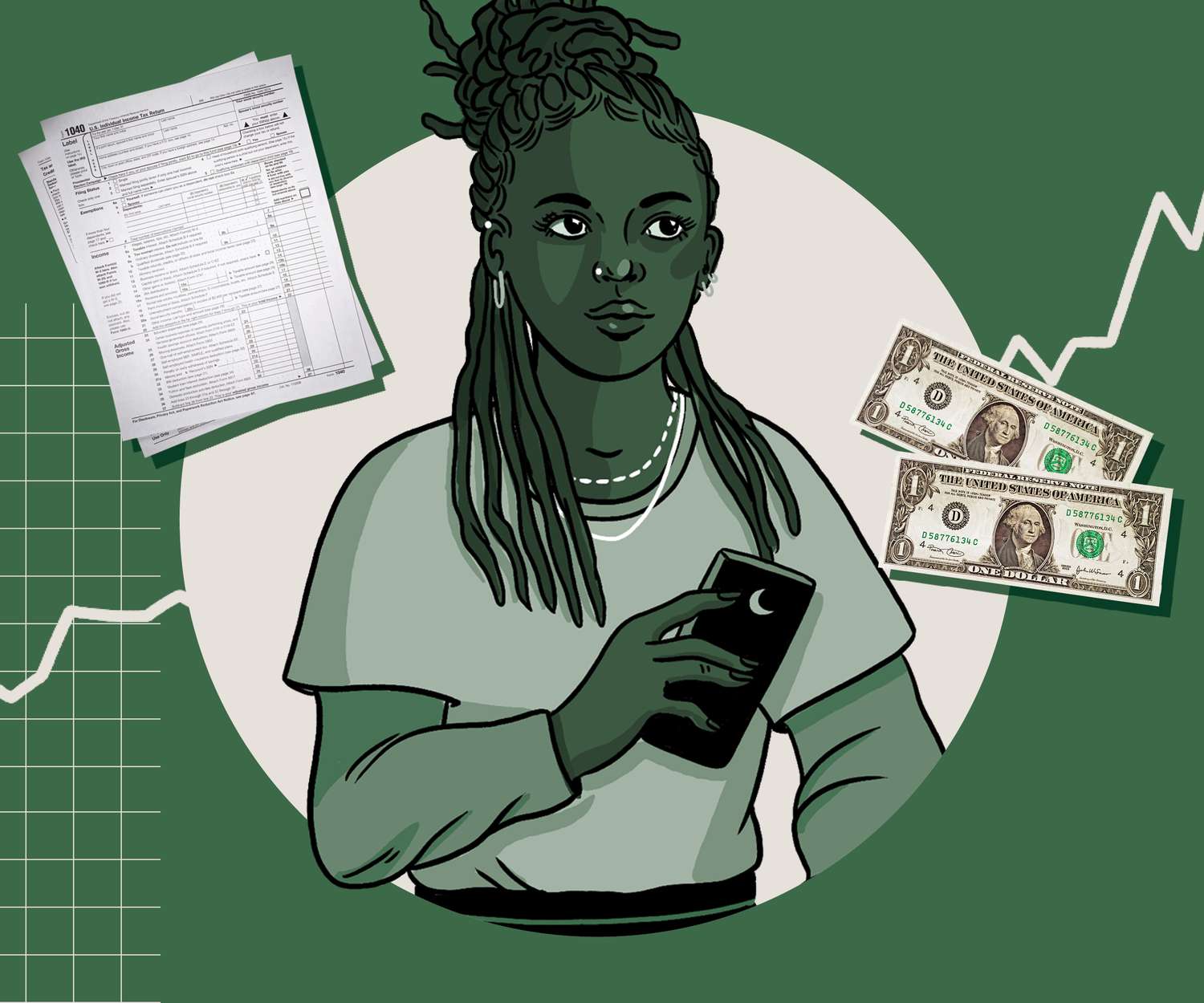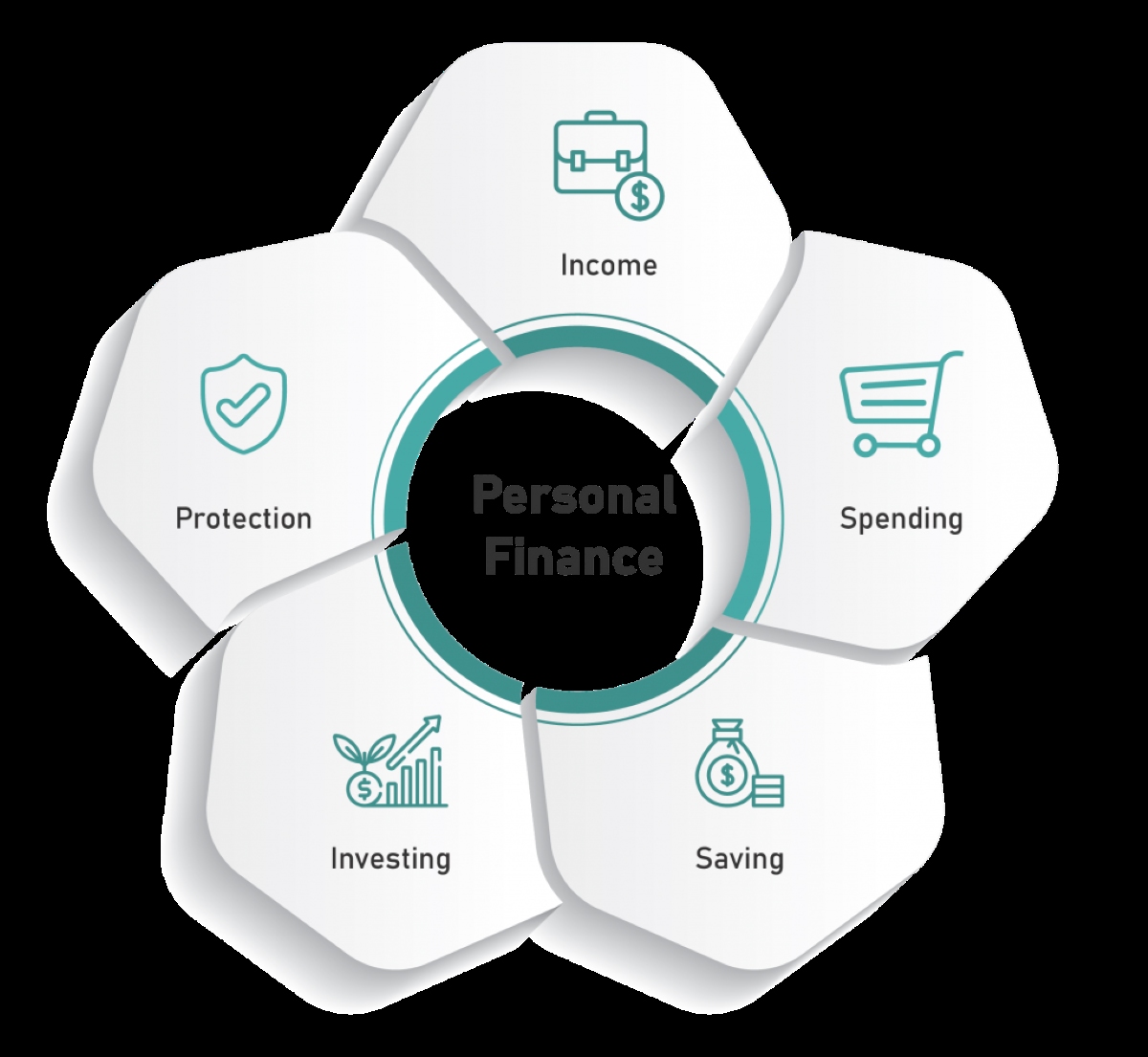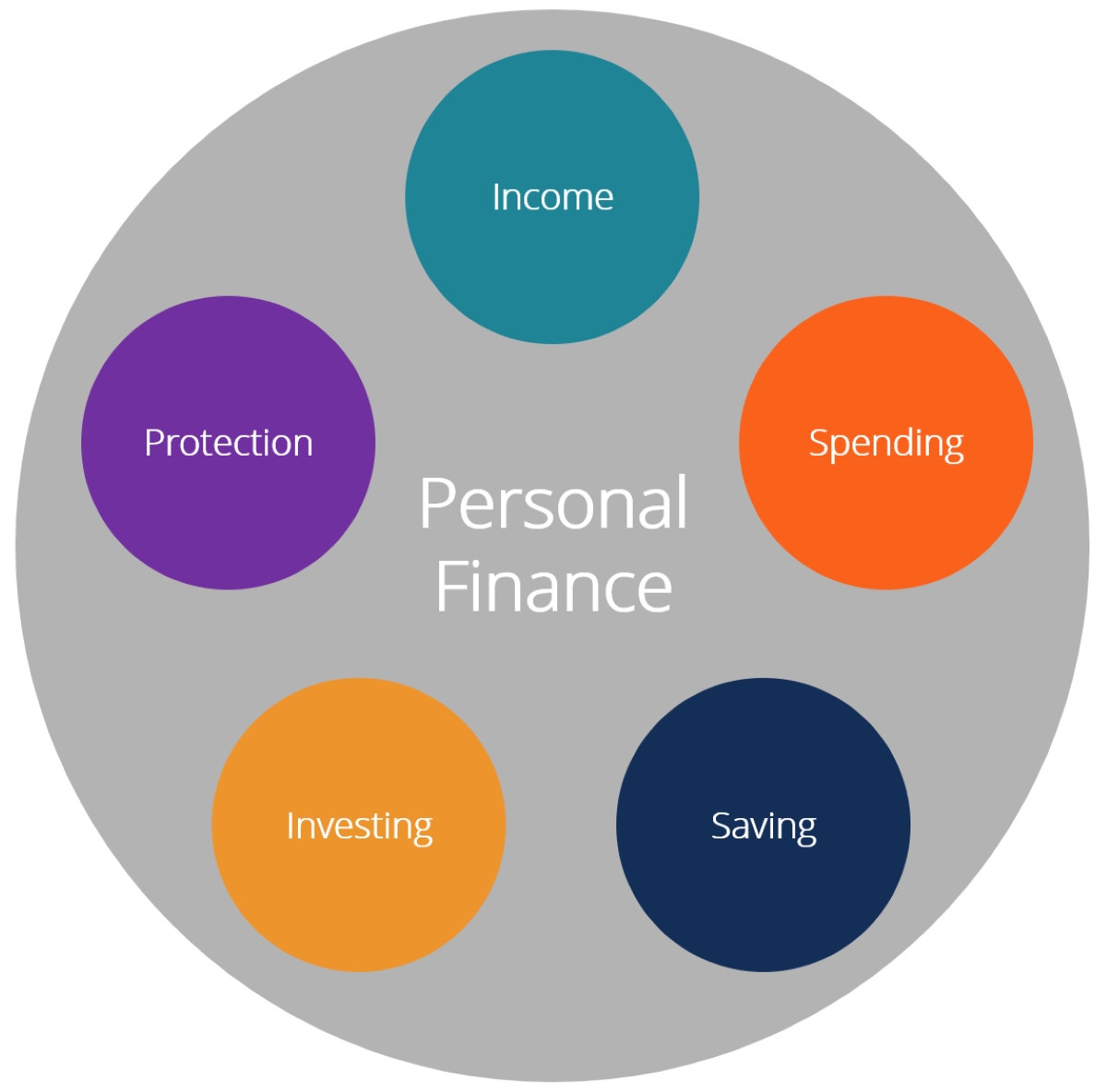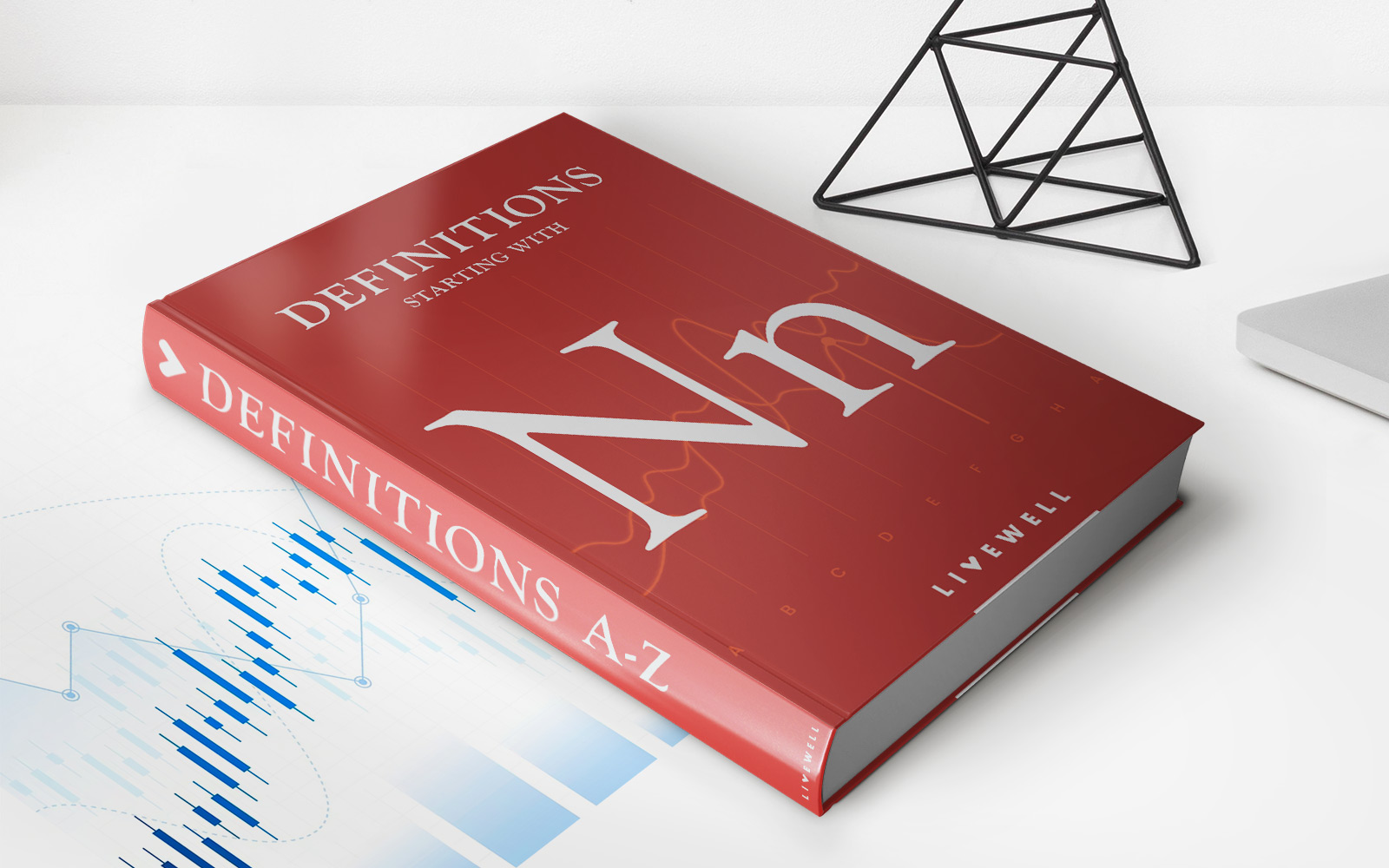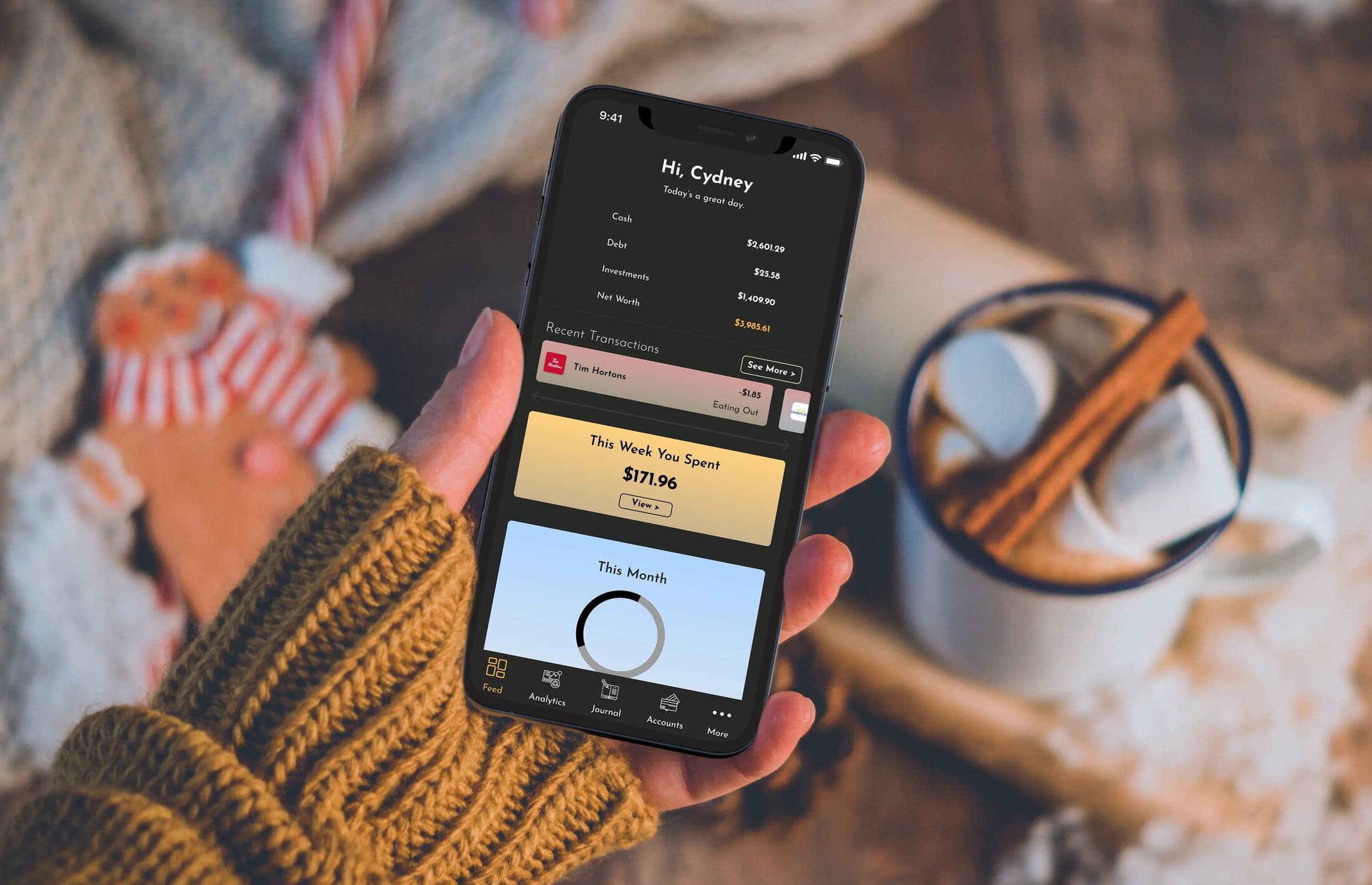

Finance
How To Build A Personal Finance App?
Published: January 22, 2024
Learn how to build a powerful personal finance app with our comprehensive guide. Explore key features and best practices for creating a successful finance app.
(Many of the links in this article redirect to a specific reviewed product. Your purchase of these products through affiliate links helps to generate commission for LiveWell, at no extra cost. Learn more)
Table of Contents
Introduction
Introduction
Welcome to the digital era where personal finance management has become more accessible and convenient thanks to the proliferation of personal finance apps. These apps have revolutionized the way individuals track their expenses, manage budgets, invest, and plan for the future. If you’re considering building a personal finance app, you’re entering a dynamic and competitive market that demands innovation, user-centric design, and robust functionality.
Developing a successful personal finance app requires a deep understanding of user needs, meticulous research and analysis, strategic feature definition, seamless design and user experience, rigorous development and testing, and a well-planned launch and marketing strategy. Once launched, the journey continues with ongoing maintenance and updates to ensure the app remains relevant and competitive in the market.
This comprehensive guide will walk you through the essential steps involved in building a personal finance app. From understanding user needs to the launch and marketing phase, each step is crucial for creating a successful and impactful personal finance app that resonates with users and stands out in the competitive landscape.
Let’s delve into the intricacies of building a personal finance app that not only meets user expectations but also exceeds them, providing a seamless and empowering financial management experience.
Understanding User Needs
Understanding User Needs
Before diving into the development of a personal finance app, it’s essential to gain a deep understanding of the target audience’s needs, challenges, and aspirations. Conducting thorough user research, surveys, and interviews can provide invaluable insights into the financial pain points users experience and the features they desire in a personal finance app.
Users seek simplicity and convenience in managing their finances, whether it’s tracking expenses, creating budgets, monitoring investments, or planning for major life events. Understanding the diverse financial goals and habits of potential users is crucial for tailoring the app to their specific needs. Additionally, considering the varying levels of financial literacy among users is pivotal in designing an app that accommodates both beginners and seasoned investors.
Moreover, identifying the pain points users encounter with existing finance apps or traditional financial management methods can guide the development of innovative solutions. Whether it’s the complexity of navigation, lack of insightful financial analysis, or absence of personalized recommendations, addressing these pain points can set your app apart and resonate with users.
By empathizing with users and gaining a holistic understanding of their financial journeys, you can envision a personal finance app that not only meets their needs but also simplifies and enhances their financial management experience. This user-centric approach sets the foundation for creating a compelling and impactful personal finance app that fosters trust and loyalty among its users.
Research and Analysis
Research and Analysis
Thorough research and analysis form the bedrock of a successful personal finance app. This phase involves examining the competitive landscape, identifying market trends, and understanding the evolving needs of users. By conducting a comprehensive analysis, you can uncover opportunities for innovation and differentiation, ensuring that your app stands out in a crowded market.
First and foremost, conducting a competitive analysis provides insights into the strengths and weaknesses of existing personal finance apps. By evaluating their features, user interface, customer reviews, and market positioning, you can identify areas where your app can offer unique value and a superior user experience.
Moreover, staying abreast of market trends and technological advancements in the fintech industry is crucial for aligning your app with the evolving needs and preferences of users. Whether it’s the integration of AI-driven financial insights, seamless biometric authentication, or intuitive data visualization, leveraging emerging trends can elevate the functionality and appeal of your app.
Furthermore, analyzing user data and feedback from surveys and interviews can provide quantitative and qualitative insights into user preferences, pain points, and expectations. This data-driven approach empowers you to prioritize features and functionalities that resonate most with your target audience, ensuring that your app addresses their core financial management needs effectively.
By synthesizing the findings from competitive analysis, market trends, and user insights, you can refine your app’s value proposition and define a clear roadmap for development. This research and analysis phase serves as the compass that guides the strategic decisions and feature prioritization essential for creating a compelling and competitive personal finance app.
Defining Features and Functionality
Defining Features and Functionality
Once you have a comprehensive understanding of user needs and market dynamics, the next crucial step in building a personal finance app is defining its features and functionality. This phase involves distilling user insights and competitive analysis findings into a coherent set of features that address key pain points and deliver exceptional value to users.
Essential features such as intuitive expense tracking, budget creation and monitoring, investment portfolio management, and goal-based savings tools form the foundation of a robust personal finance app. These features should be seamlessly integrated, offering users a holistic view of their financial landscape while empowering them to make informed decisions.
Moreover, the integration of personalized financial insights and recommendations, powered by AI and machine learning algorithms, can elevate the app’s value proposition. By analyzing user spending patterns, investment behavior, and financial goals, the app can offer tailored suggestions that resonate with each user’s unique financial journey.
Furthermore, ensuring a secure and seamless user experience is paramount. Features such as multi-factor authentication, real-time transaction categorization, and encrypted data storage instill trust and confidence in users, fostering long-term engagement with the app.
Additionally, the app’s scalability and compatibility across various devices and platforms should be considered during the feature definition phase. Whether it’s seamless synchronization across mobile and web platforms or integration with third-party financial services, the app’s functionality should be versatile and adaptable to users’ diverse preferences and technological environments.
By defining a comprehensive and user-centric feature set, you can lay the groundwork for a personal finance app that not only meets users’ immediate financial management needs but also anticipates and addresses their future requirements, setting the stage for sustained user satisfaction and loyalty.
Design and User Experience
Design and User Experience
Designing an intuitive and visually engaging user interface is pivotal in creating a compelling user experience for a personal finance app. The design and user experience phase involves translating the defined features into an aesthetically pleasing and user-friendly interface that simplifies complex financial tasks and fosters user engagement.
First and foremost, the app’s interface should prioritize simplicity and clarity, ensuring that users can effortlessly navigate through various financial management functions. Intuitive icons, clear typography, and uncluttered layouts contribute to a seamless user experience, enabling users to access key features with minimal effort.
Visual data representation plays a significant role in enhancing the app’s usability. Incorporating interactive charts, graphs, and personalized financial summaries empowers users to gain valuable insights into their financial trends and performance at a glance. Visualizing complex financial data in an accessible format enhances user comprehension and decision-making.
Moreover, the app’s design should prioritize accessibility and inclusivity, catering to users with diverse needs and preferences. Whether it’s ensuring compatibility with accessibility features for users with disabilities or offering customizable themes and font sizes, the app’s design should strive to be inclusive and accommodating for all users.
Seamless user onboarding and guidance are essential components of a positive user experience. Clear tutorials, tooltips, and contextual guidance can orient new users to the app’s features, ensuring a smooth and empowering onboarding process. Additionally, proactive notifications and alerts can keep users informed about important financial updates and deadlines, enhancing their overall engagement with the app.
By prioritizing a user-centric design approach, you can create a personal finance app that not only simplifies financial management tasks but also cultivates a sense of empowerment and confidence among its users. A visually appealing and intuitive user interface, coupled with seamless navigation and insightful data visualization, forms the cornerstone of a compelling user experience that resonates with users across diverse financial backgrounds.
Development and Testing
Development and Testing
Embarking on the development phase of a personal finance app demands meticulous attention to detail, technical expertise, and a commitment to delivering a seamless and secure user experience. This phase encompasses the actual coding and implementation of the app’s features, followed by rigorous testing to ensure functionality and reliability.
Utilizing an agile development approach can expedite the creation of the app while allowing for iterative enhancements based on user feedback and evolving market trends. By breaking down the development process into manageable sprints, you can maintain flexibility and responsiveness to changing requirements, ensuring that the app aligns with user needs and expectations.
During the development stage, the integration of robust security measures is paramount. Implementing encryption protocols, secure data transmission, and stringent authentication mechanisms fortifies the app against potential security breaches, instilling trust and confidence in users regarding the safety of their financial information.
Concurrently, thorough testing across various devices, operating systems, and usage scenarios is essential for identifying and rectifying any functional or performance-related issues. Quality assurance processes, including unit testing, integration testing, and user acceptance testing, are crucial for validating the app’s reliability and adherence to predefined requirements.
Furthermore, optimizing the app’s performance and load-bearing capacity is imperative, ensuring that it can handle concurrent user interactions and data processing without compromising speed or stability. Scalability testing and performance profiling enable you to fine-tune the app’s responsiveness and efficiency, preparing it for seamless operation under varying usage conditions.
By prioritizing a meticulous and comprehensive approach to development and testing, you can ensure that the personal finance app not only delivers on its promised functionality but also upholds the highest standards of security, reliability, and performance. This commitment to technical excellence forms the bedrock of a trustworthy and resilient app that empowers users in their financial management journey.
Launch and Marketing
Launch and Marketing
The launch and marketing phase marks a pivotal juncture in the journey of a personal finance app, where strategic planning and execution are essential for generating user interest and fostering widespread adoption. A well-coordinated launch and marketing strategy can elevate the app’s visibility, attract a substantial user base, and position it for sustained success in the competitive fintech landscape.
Prior to the launch, creating a compelling app store presence is crucial. This involves crafting engaging app descriptions, high-quality visuals, and informative videos that effectively communicate the app’s value proposition and features. App store optimization, including strategic keyword placement and category selection, can enhance the app’s discoverability and appeal to potential users.
Simultaneously, leveraging pre-launch marketing tactics, such as teaser campaigns, press releases, and influencer partnerships, can generate anticipation and buzz surrounding the app’s impending release. Building a community of early adopters and advocates can amplify the app’s reach and lay the groundwork for organic user acquisition post-launch.
Upon the app’s release, targeted digital marketing initiatives, including social media campaigns, search engine advertising, and content marketing, can drive user acquisition and engagement. Emphasizing the app’s unique selling points, user testimonials, and educational content can effectively convey its value and relevance to the target audience.
Furthermore, fostering partnerships with financial institutions, educational organizations, and industry influencers can broaden the app’s reach and credibility within the finance and technology sectors. Collaborative promotional efforts and endorsements from reputable entities can bolster the app’s reputation and trustworthiness among potential users.
Continuous monitoring of key performance indicators, user feedback, and market trends post-launch is essential for refining the app’s marketing strategy and optimizing user acquisition and retention efforts. Iterative enhancements based on user insights and evolving market dynamics can sustain the app’s relevance and competitiveness in the long term.
By orchestrating a well-crafted launch and marketing strategy, you can propel the personal finance app into the spotlight, captivate the target audience, and lay the groundwork for sustained user engagement and advocacy. Strategic promotion, coupled with ongoing refinement based on user feedback, is instrumental in establishing the app as a trusted and indispensable tool for users’ financial management needs.
Maintenance and Updates
Following the successful launch of a personal finance app, the journey continues with a steadfast commitment to maintenance and continuous improvement. This phase is characterized by ongoing vigilance, proactive maintenance, and iterative updates aimed at enhancing the app’s functionality, security, and user experience.
Regular maintenance tasks encompass monitoring the app’s performance, identifying and addressing technical glitches, and ensuring seamless compatibility with evolving operating systems and devices. This proactive approach to maintenance minimizes downtime and disruptions, safeguarding the app’s reliability and user satisfaction.
Furthermore, prioritizing data security and privacy maintenance is paramount. Conducting regular security audits, implementing encryption updates, and adhering to industry best practices fortify the app against emerging cyber threats, instilling confidence in users regarding the safety of their financial information.
Iterative updates play a pivotal role in aligning the app with user feedback and emerging market trends. By soliciting user input, analyzing usage patterns, and staying attuned to industry advancements, you can prioritize feature enhancements and refinements that resonate with users and elevate the app’s value proposition.
Engaging users through transparent communication regarding updates, feature enhancements, and bug fixes fosters trust and loyalty. Clear release notes, user-friendly update prompts, and avenues for user feedback and suggestions demonstrate a commitment to user satisfaction and continuous improvement.
Moreover, harnessing user data and analytics to inform update decisions can drive personalized enhancements tailored to users’ evolving financial management needs. Whether it’s integrating new financial tools, refining the user interface, or optimizing performance, data-driven updates ensure that the app remains relevant and impactful.
By embracing a proactive and user-centric approach to maintenance and updates, you can cultivate a culture of continuous improvement and user empowerment. The app’s evolution through iterative updates, coupled with unwavering attention to maintenance and security, solidifies its position as a trusted companion in users’ financial journeys, fostering long-term engagement and advocacy.
